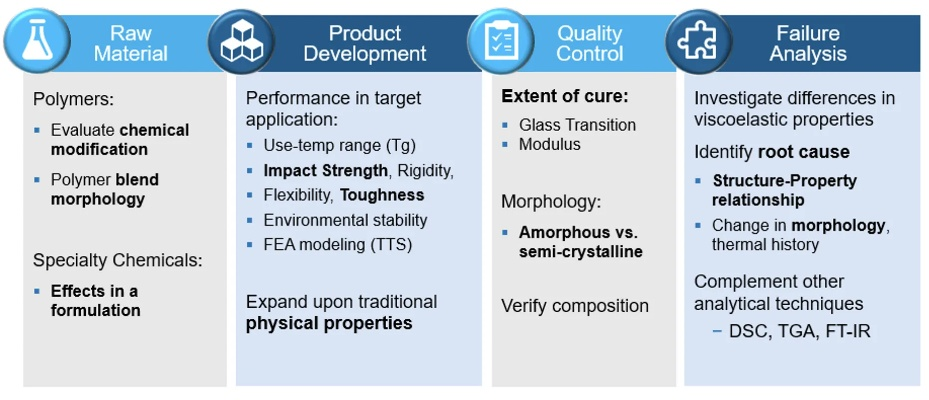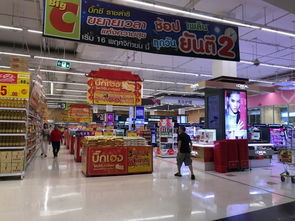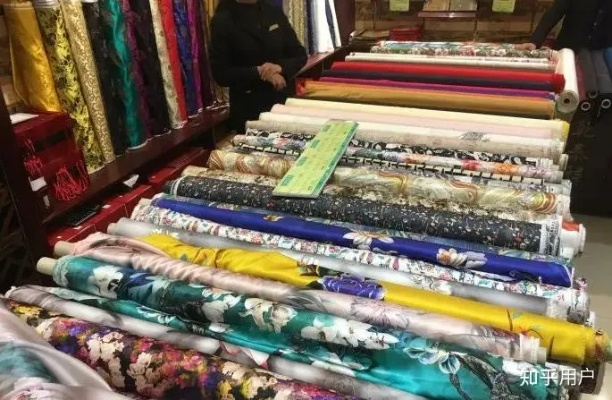Exploring the Dynamics of Textiles:Performance,Innovation,and Sustainability
This paper explores the dynamic interplay between textile performance, innovation, and sustainability. It highlights the importance of balancing these three factors in the production and consumption of textiles to meet contemporary demands for environmentally conscious and high-quality materials. The study examines how technological advancements in textile manufacturing have led to increased efficiency and reduced waste, while also exploring new materials and processes that promote sustainability. The paper concludes by emphasizing the need for continued research and collaboration between industry, academia, and government to drive innovation and foster a more sustainable future for textiles.
In today's global marketplace, textiles have emerged as a critical component in our daily lives. From the softness of a cozy sweater to the durability of a sturdy jacket, textiles play an integral role in shaping our environment. This presentation will explore the multifaceted nature of textiles, highlighting their performance, innovation, and sustainability aspects.
Firstly, let's delve into the realm of performance. Textiles are designed to perform specific functions, from providing warmth during cold weather to offering comfort during hot days. For instance, a synthetic blend of polyester and spandex is engineered to provide exceptional moisture-wicking capabilities, making it ideal for use in sportswear. The performance of textiles is not just about functionality but also about aesthetic appeal. A well-designed pattern or color can enhance the overall look and feel of a garment, making it more appealing to consumers.

Moving on to innovation, textiles have undergone significant advancements over the years. One such example is the development of smart textiles, which incorporate electronic components that respond to external stimuli such as temperature, light, or humidity. These smart textiles can be used in various applications, including wearable technology and healthcare products. Another innovative aspect of textiles is the integration of biodegradable materials, which are designed to decompose naturally without causing harm to the environment. This approach not only reduces waste but also minimizes the negative impact on wildlife habitats.
Now, let's discuss the topic of sustainability. Sustainability is becoming increasingly important for textile companies, as consumers are demanding more eco-friendly options. To achieve sustainability, textiles must be produced using renewable resources, reducing the reliance on non-renewable sources like fossil fuels. Additionally, textiles must be designed to withstand frequent washing and wear, reducing the need for replacement and extending the lifespan of garments. Finally, textiles must be packaged and transported in environmentally friendly ways, minimizing their carbon footprint.
To illustrate these points, let's take a look at some case studies. In the fashion industry, sustainable fabrics such as organic cotton and recycled polyester are gaining popularity. These fabrics are made from natural materials that are sustainably sourced and have a lower environmental impact than traditional synthetic fibers. For example, Patagonia, a leading outdoor apparel company, has been using organic cotton in its clothing line since 2013, showcasing its commitment to sustainability.
Another example is the use of bamboo in textiles. Bamboo is a fast-growing plant that requires less water and pesticides compared to traditional crops. It also releases fewer greenhouse gases during growth, making it a sustainable alternative to other materials. Bamboo is already being used in many industries, including fashion, home furnishings, and even construction.
In conclusion, textiles are more than just clothes; they embody the essence of innovation, performance, and sustainability. As we continue to evolve as a society, it is essential that we prioritize the long-term impact of our choices on the planet. By exploring the dynamic world of textiles, we can learn more about how they can be both functional and environmentally responsible.
纺织品的性能概述
纺织品的性能是衡量其质量和适用性的重要指标,这些性能包括但不限于透气性、吸湿性、耐磨性、抗皱性、柔软性以及耐用性,为了更好地理解这些性能,我们可以通过高清图片来展示。
纺织品的性能图片展示
以下是部分纺织品的性能图片,以高清形式展示:
透气性
【高清图片】:纺织品的透气性能体现在其微孔结构,能够快速排出湿气和热气,保持衣物干爽,这种微孔结构通常由高密度的纤维材料构成,如涤纶、尼龙等。
吸湿性
【高清图片】:吸湿性是纺织品的另一个重要性能,在潮湿环境中,纺织品能够吸收并释放水分,保持穿着舒适,棉质衣物具有较好的吸湿性,适合在潮湿天气穿着。
耐磨性
【高清图片】:耐磨性是纺织品的耐用性指标之一,通过采用高强度纤维和特殊的织造工艺,纺织品能够抵抗磨损和撕裂,保持长久的使用寿命,牛仔布和帆布等具有较高的耐磨性。

抗皱性
【高清图片】:抗皱性是纺织品的另一个重要性能,抗皱性能好的纺织品不易产生皱纹,保持衣物平整,丝绸面料具有较好的抗皱性能。
柔软性
【高清图片】:柔软性是纺织品舒适度的关键因素,柔软的纺织品触感柔软,穿着舒适,适合各种场合穿着,羊毛和羊绒面料具有较好的柔软性能。
案例说明
为了更好地理解纺织品的性能及其在实际应用中的表现,我们可以结合一些案例进行说明。
涤纶纤维的应用
【案例说明】:涤纶纤维是一种常用的合成纤维,具有高强度、高耐磨性和良好的吸湿性等特点,在服装、家居用品等领域广泛应用,涤纶面料制成的运动服具有透气性好、吸湿性强等特点,适合在运动时穿着。
棉质衣物的舒适度与耐用性
【案例说明】:棉质衣物具有较好的吸湿性和抗皱性能,适合在潮湿天气穿着,棉质衣物还具有较好的耐用性,经过多次洗涤和穿着仍能保持原有的品质和性能,棉质衬衫是夏季常见的衣物之一,具有良好的透气性和舒适度。
补充说明(表格)
以下是关于纺织品的性能的一些补充说明信息(表格):
| 性能指标 | 高清图片展示 | 相关案例 | 说明 |
|---|---|---|---|
| 透气性 | 微孔结构 | 涤纶、尼龙等 | 通过微孔结构快速排出湿气和热气,保持衣物干爽 |
| 吸湿性 | 吸收水分并释放 | 潮湿环境下的衣物 | 具有吸收和释放水分的能力,保持穿着舒适 |
| 耐磨性 | 高强度纤维和织造工艺 | 牛仔布、帆布等 | 采用高强度纤维和特殊的织造工艺,抵抗磨损和撕裂 |
| 抗皱性 | 不易产生皱纹 | 丝绸面料等 | 具有较好的抗皱性能,保持衣物平整 |
| 柔软性 | 触感柔软 | 羊毛、羊绒面料等 | 具有较好的柔软性能,适合各种场合穿着 |
| 相关数据与参数 | 根据实际产品而定 | 根据实际产品测试数据而定 | 如涤纶纤维的密度、织造工艺等参数均可参考相关文献或产品说明进行了解 |
总结与展望
纺织品的性能是衡量其质量和适用性的重要指标,通过高清图片展示和案例说明,我们可以更好地理解纺织品的性能及其在实际应用中的表现,随着科技的不断进步和人们对穿着舒适度和品质的要求不断提高,纺织品的性能将会更加多样化、精细化,随着环保意识的不断提高和可持续发展理念的普及,纺织品的环保性能也将成为衡量其品质的重要指标之一。
Articles related to the knowledge points of this article:
The Role of Textiles in the Visual Experience of Furnishing Spaces
Guide to the Best Location for Shanghai Textile Wholesale Market



